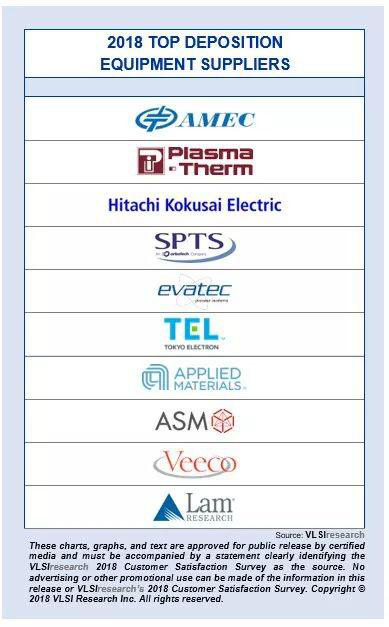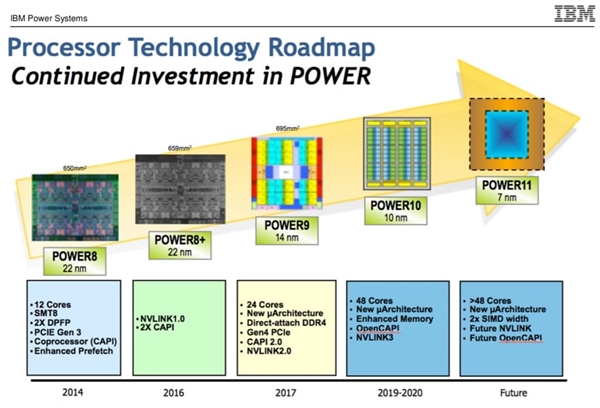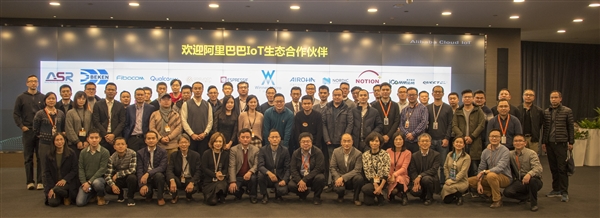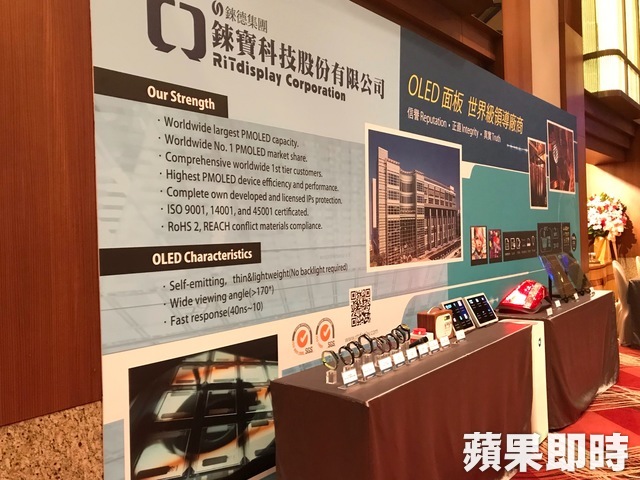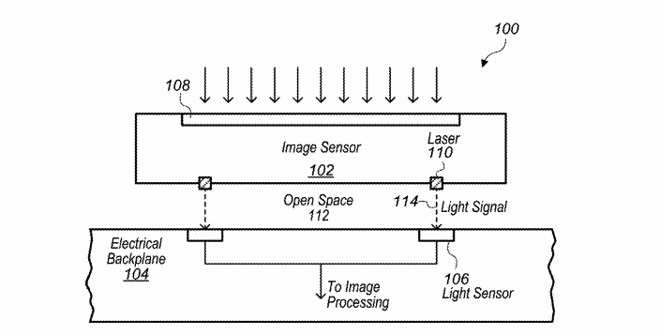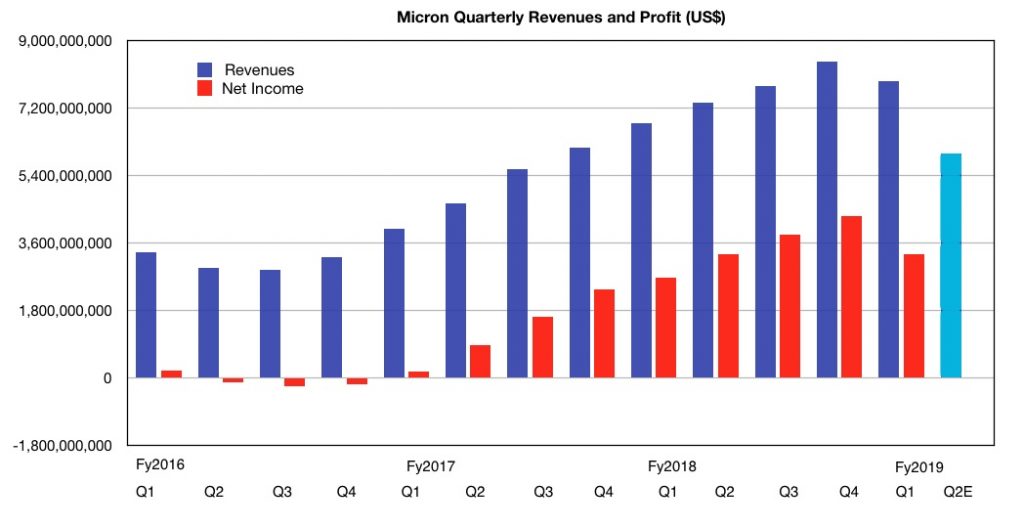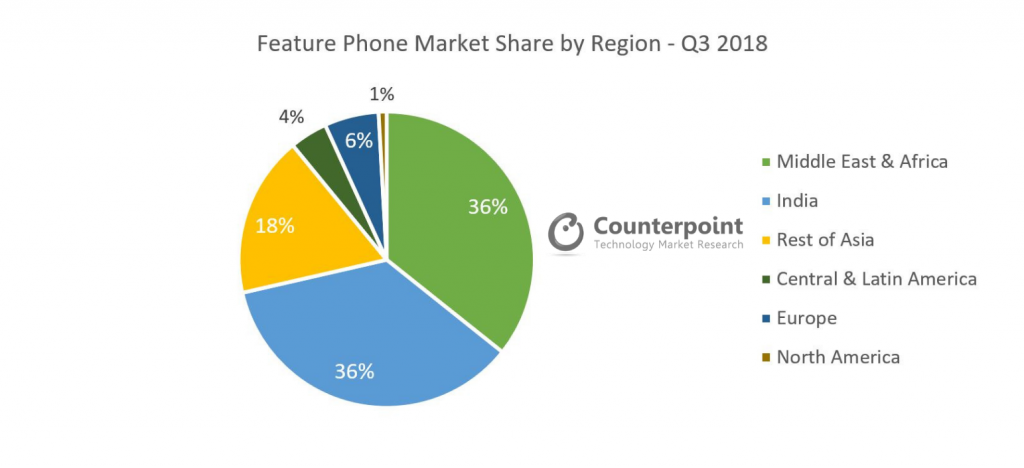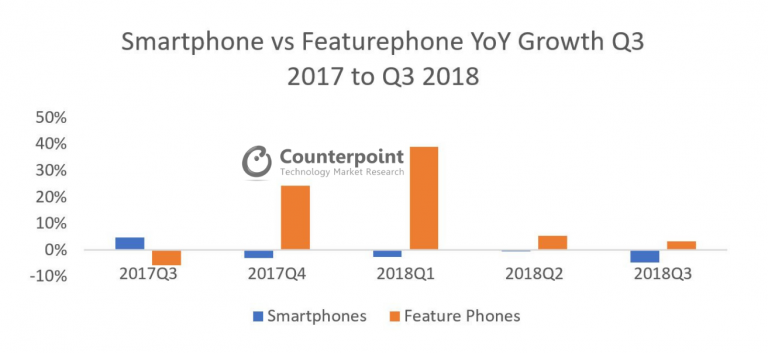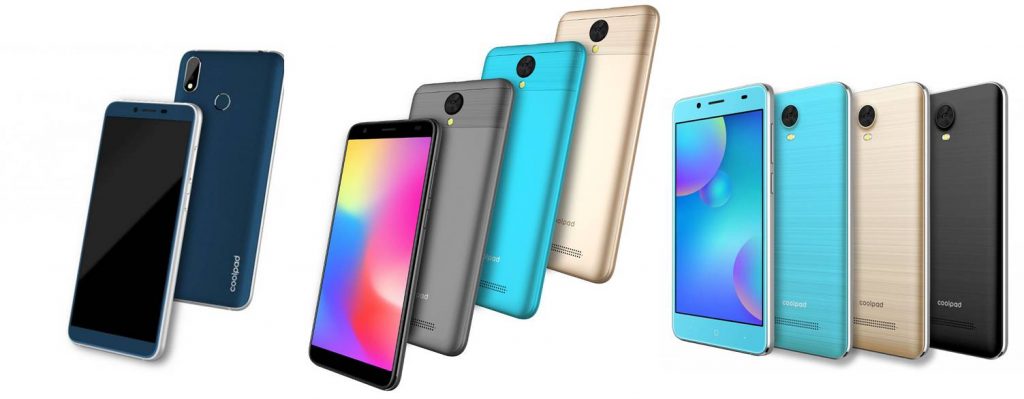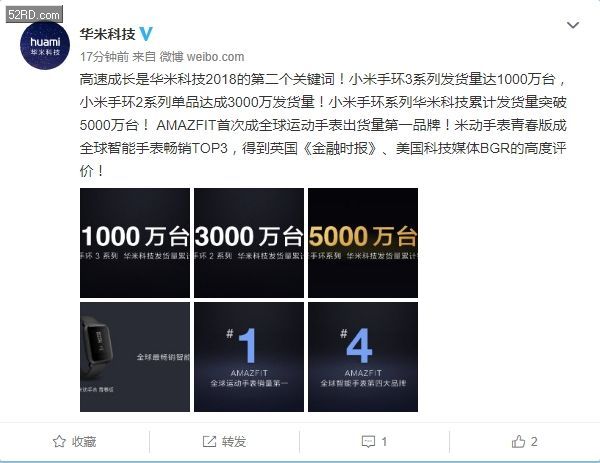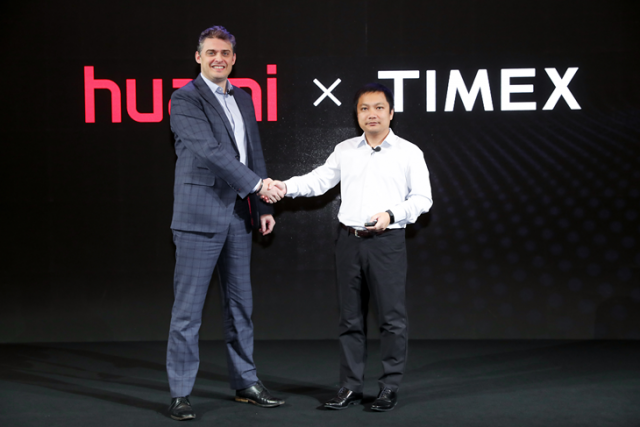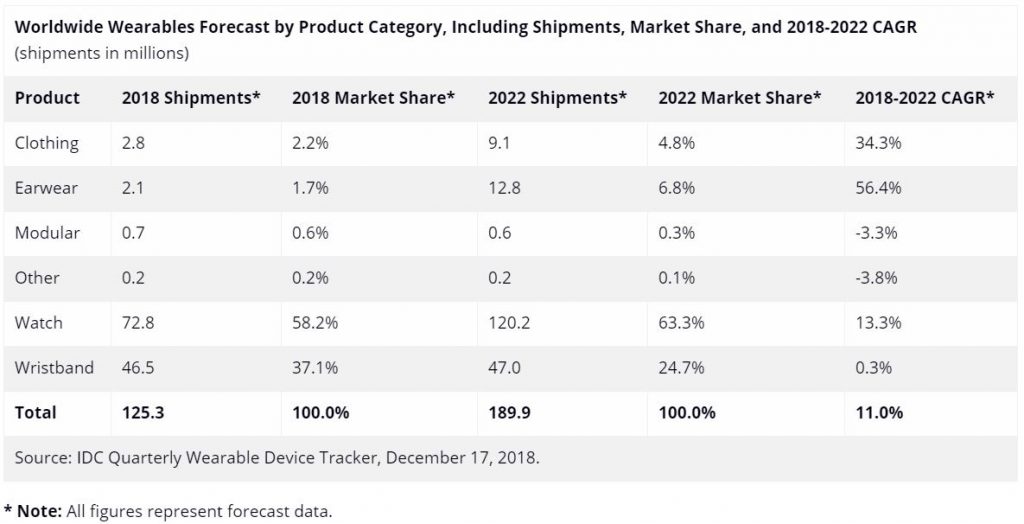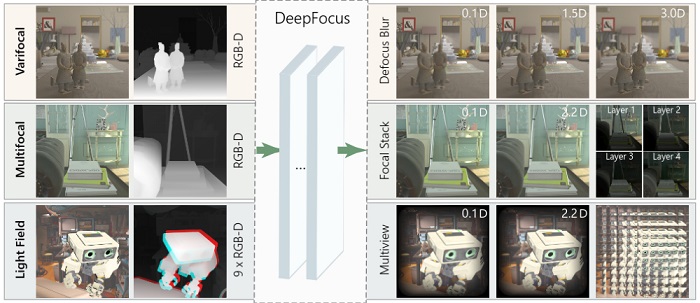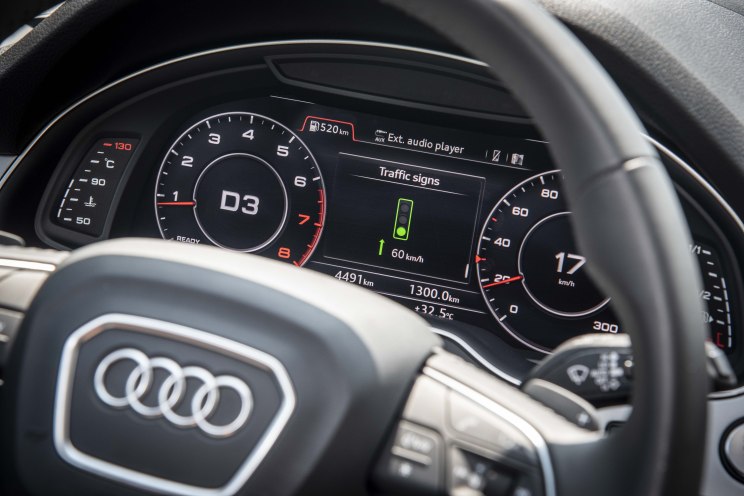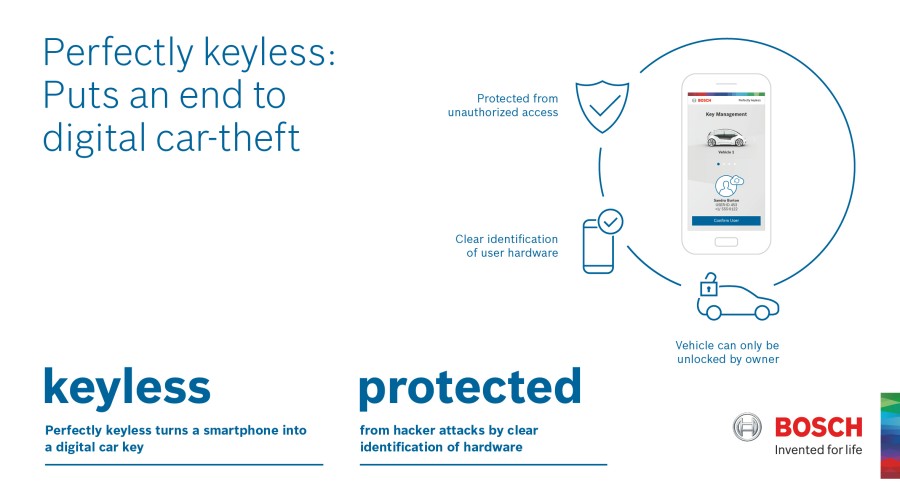
12-21: TSMC has announced it will begin 5nm risk production in 2Q19; IBM has announced an agreement with Samsung to manufacture 7nm microprocessors; etc.
Chipsets
TSMC has announced it will begin 5nm risk production in 2Q19, and expects to enter mass production in 2020. Advanced Micro-Fabrication Equipment (AMEC) also has announced that its self-developed 5nm plasma etching machine has been verified by TSMC and has excellent performance and will be used in the world’s first 5nm process line. AMEC is also the only Mainland China equipment manufacturer to supply TSMC’s 7nm process etching equipment. AMEC and TSMC have begun cooperation in the 28nm process and continue to 10nm and 7nm processes. (CN Beta, ESM China, OfWeek)
Intel has begun planning for multi-year cycle of manufacturing expansion at its major wafer fab sites in Ireland, Israel and Oregon, according to Ann Kelleher, general manager of manufacturing and operations. They have raised our capital expenditures forecast and put that money to work expanding our 14nm manufacturing capacity to increase supply. (CN Beta, EE News, Motley Fool, Oregon Live, EEPW)
Intel’s recent announcement about refocusing its manufacturing resources on its own products has raised speculation again that the company may discontinue its so-called custom foundry business. Over the past 2 years, speculations about Intel likely to quit the contract manufacturing sector have kept appearing, but the company has never responded to them. (My Drivers, Expreview, Digitimes, press)
British chipmaker Graphcore is valued at USD1.7B after its latest round of funding, raising USD200M from Microsoft and BMW among others. The new round brings Graphcore’s total funding to USD300M, and Microsoft joins existing blue-chip technology backers in the startup, including Dell, Robert Bosch, and Samsung. (CN Beta, OfWeek, Business Insider, Financial Times)
Qualcomm has announced that the District Court of Munich found that Apple is infringing Qualcomm’s intellectual property for power savings in smartphones and granted Qualcomm’s request for a permanent injunction, ordering Apple to cease the sale, offer for sale and importation for sale in Germany of infringing iPhones. (Android Central, Qualcomm, CN Beta, Yicai, Sina)
Qualcomm is launching 9205 LTE with support for several Low Power Wide Area (LPWA) standards, including LTE-M, NB-IoT and 2G, while also promising to reduce power use by up to 70 per cent when compared to its predecessor, the Qualcomm MDM9206. (My Drivers, TechRadar, ZDNet)
IBM has announced an agreement with Samsung to manufacture 7nm microprocessors for IBM Power Systems, IBM Z and LinuxONE, high-performance computing systems, and cloud offerings. The agreement also expands and extends the 15-year strategic process technology R&D partnership between IBM and Samsung. (Digitimes, press, UDN, Expreview, My Drivers)
There are 23 chipsets vendors, including Qualcomm, MediaTek, Realtek have attended Alibaba’s IoT ecosystem conference, and announced collaboration with Alibaba to launch chipset module embedded with AliOS Things, and will be sold via Tianmao online channels. (CN Beta, My Drivers)
Touch Display
According to IHS Markit, sales of the entire smartphone display market in 3Q18 stood at USD10.8B. Of the total quarterly revenue, USD6.6B, or 61.1%, came from OLED displays. Samsung Display has ruled 93.3% of the entire market in 3Q18 while leading the flexible OLED segment with a 94.2% share. (The Investor, Phone Arena)
PMOLED panel maker RiTdisplay plans to ramp up its production capacity by 15%~20% in 2019 in order to cash in on increasing demand from the wearable, medical and networking device sectors, according to company CEO DC Wang. By the end of 2018, it will have a production capacity of 24K PMOLED substrates a month, with the substrates to be available in 370×470mm and 400×400mm sizes. Luminit Automotive Technologies, a joint venture set up by RiTdisplay and US-based Luminit in Taiwan recently, will develop and produce light sources for use in automotive brake lamps initially. (Digitimes, press, UDN, LTN, Apple Daily)
Camera
Apple is exploring the possibility of changing how the camera sensor communicates with other components within a mobile device from using electrical signals to using light for future iPhone and iPad could have a smaller camera bump on the rear of the device. The filed patent “Image sensor with optical communication capabilities” suggests the use of multiple light modules to allow an imaging sensor to transmit data to an electrical backplane that connects to the rest of the device’s hardware. (Apple Insider, USPTO, CN Beta)
Memory
DRAM and NAND flash memory prices will be falling at a rapid pace in 2019, according to Digitimes. NAND flash prices are expected to fall over 15% sequentially in 1Q19, and will suffer another sequential drop in 2Q19. As for DRAM memory, prices for all of 2019 are likely to fall 30%-35% on year due mainly to supply-side factors. (Digitimes, press, HQEW, My Drivers)
Micron says it would scale back its capital expenditure in 2019 for both DRAM and NAND memory chips, taking its capital expenditure down by USD1.25B to a range USD9B~USD9.5B. Micron will produce more DRAM and NAND bits in FY2019 than in FY2018. The company forecasts 35% NAND bit growth and 15%~16% for DRAM in FY2019. (CN Beta, Seeking Alpha, Blocks & Files)
Connectivity
SoftBank indicates that SoftBank does not expect any technology impact if it does not use 5G network gear from Chinese tech giant Huawei and has found the same level of quality from other vendors. (CN Beta, CNBC, Reuters)
Huawei Technologies has announced that it would spend USD2B over the next 5 years to focus on cybersecurity by adding more people and upgrading lab facilities, as it battles global concerns about risks associated with its network gear. (GizChina, Reuters, CN Beta)
Phone
A court in Shenzhen has accepted the application for liquidation bankruptcy by Huaxing Bank. This may still turn into a company reorganization – Gionee has hired restructuring consultants. Gionee owes a total of CNY20.2B (around USD3B) to 648 creditors. About half of the debt is to banks. (GSM Arena, iFeng, CN Beta, Sina)
According to Counterpoint Research, feature phone shipments grew for the fourth consecutive quarter. This is in contrast with the smartphone market, which is experiencing negative growth rates. Feature phones contributed to 23% of the total handset shipments in 3Q18 and remains a sizable market. After the slowdown of shipments from Jio in India, much of this growth came from Middle East & Africa (MEA), which has emerged as the largest feature phone market globally. Shipments in MEA grew at a rate of 32%. (Counterpoint Research, press, GSM Arena, 199IT, 52RD, Sohu)
Meizu India CEO Ramashish Ray indicates that Meizu has plans of consolidating its position in India’s fiercely competitive market by creating products designed for the country at specific price points. In terms of partnerships, Meizu is talking about sales and production. Meizu C9 is made in India by Noida and sold by Amazon. More of the products in their portfolio will also follow this pattern. (Gizmo China, Economic Times, Kuaibao)
Micromax Infinity N11 and N12 are announced in India – 6.19” 720×1500 HD+ IPS, MediaTek Helio P22 (MT6762), rear dual 13MP-5MP + front 8MP (N11) / 16MP (N12), 2GB (N11) / 3GB (N12) + 32GB, Android 8.1, 4000mAh, INR8,999 (N11) / INR9,999 (N12). (Gizmo China, GizChina)
Coolpad has launched 3 new smartphones under its Mega series in India: Mega 5 – 5.7” 1440×720 HD+, MediaTek MT6739, rear dual 13MP-VGA + front 5MP, 3+32GB, Android 8.1, rear fingerprint scanner, face unlock, 3000mAh, INR6,999. Mega 5C – 5.45” 1440×720 HD+, 1.3GHz quad-core, rear 5MP + front 5MP, 1+16GB, Android 8.1, no fingerprint scanner, face unlock, 2500mAh, INR4,499. Mega 5M – 5” 1440×720 HD+, 1.2GHz quad-core, rear 5MP + front 2MP, 1+16GB, Android 8.1, no fingerprint scanner, 2000mAh, INR3,999. (GizChina, Telecom Talk, Tech Dipper, Indian Express)
Wearables
Huami has announced that Xiaomi Band 3 series shipment has exceeded 10M units, Band 2 series has exceeded 30M units. The Xiaomi series bands cumulative shipment has exceeded 50M units. (CN Beta, 52RD)
Huami Technology and TIMEX have jointly announced that the two sides had signed a strategic cooperation memorandum. Huami will combine its experience in cutting-edge artificial intelligence, motion monitoring, software development, and hardware design and manufacturing with TIMEX’s long experience in watch design and manufacturing to provide a new generation of wearable products and expand market channels for global users. (GizChina, Xinhuanet)
Global shipments of wearable devices are forecast to reach 125.3M units in 2018, up 8.5% from 2017, according to IDC. The growing popularity of smartwatches and greater wearables adoption in emerging markets will combine to produce a 5-year compound annual growth rate (CAGR) of 11.0% with shipments jumping to 189.9M units in 2022. (CN Beta, IDC, press)
Augmented / Virtual Reality
Oculus has revealed DeepFocus, the software rendering system used to power the varifocus feature, along with an interesting announcement: DeepFocus’ code and data are being open-sourced so researchers can learn how it works, and possibly improve it. (VentureBeat, Oculus, CN Beta)
Home
A startup building an advanced artificial intelligence-enabled security camera, called Lighthouse, is shutting down. Founded in 2015, Lighthouse had raised USD20M, including from Android creator Andy Rubin’s group, Playground Global, according to PitchBook. (Engadget, TechCrunch, The Information, Lighthouse, Baijiahao)
Automotive
Audi has joined the list of automakers working with Luminar to make safe, reliable self-driving cars a reality in the not-too-distant future. California-based Luminar provides its forward-facing high-fidelity and long-range lidar technology to an Audi-owned, Munich, Germany-based company called Autonomous Intelligent Driving (AID). (Digital Trends, Sohu, Auto Home)
Bosch is to reveal a system named Perfectly Keyless that it promises will revolutionize keyless-entry systems while making them much more complicated to hack. It all starts with a smartphone and a dedicated app. (Digital Trends, Bosch, Elecfans)
Uber Advanced Technologies Group has officially resumed on-road testing of its self-driving vehicles in Pittsburgh, 9 months after the company halted its entire autonomous vehicle operation after one of its vehicles struck and killed pedestrian Elaine Herzberg in the Phoenix suburb of Tempe. (TechCrunch, Uber, Baijiaohao)
Toyota has said it will launch the production of the world’s first flexible-fuel hybrid vehicle in Brazil at the end of 2019. The model can be powered by both gasoline and ethanol, in combination with an electric powertrain. Toyota is planning to invest BR1B (about USD255M) to guarantee the launch of the ethanol hybrid in 2019. (My Drivers, China.org.cn, Auto News, Nippon)
Payment
Xiaomi has announced the Mi Pay Digital payment solutions in India in partnership with RuPay and ICICI Bank. Xiaomi has started accepting beta testers for the UPI-based service in the country which can be accessed through other MIUI apps like SMS, contacts and more. Mi Pay will support all major credit and debit cards, which have not yet been achieved in Google Pay or WhatsApp Payments. (GizChina, Business Line, Mobile Indian, CN Beta, Huanqiu, Sina)
